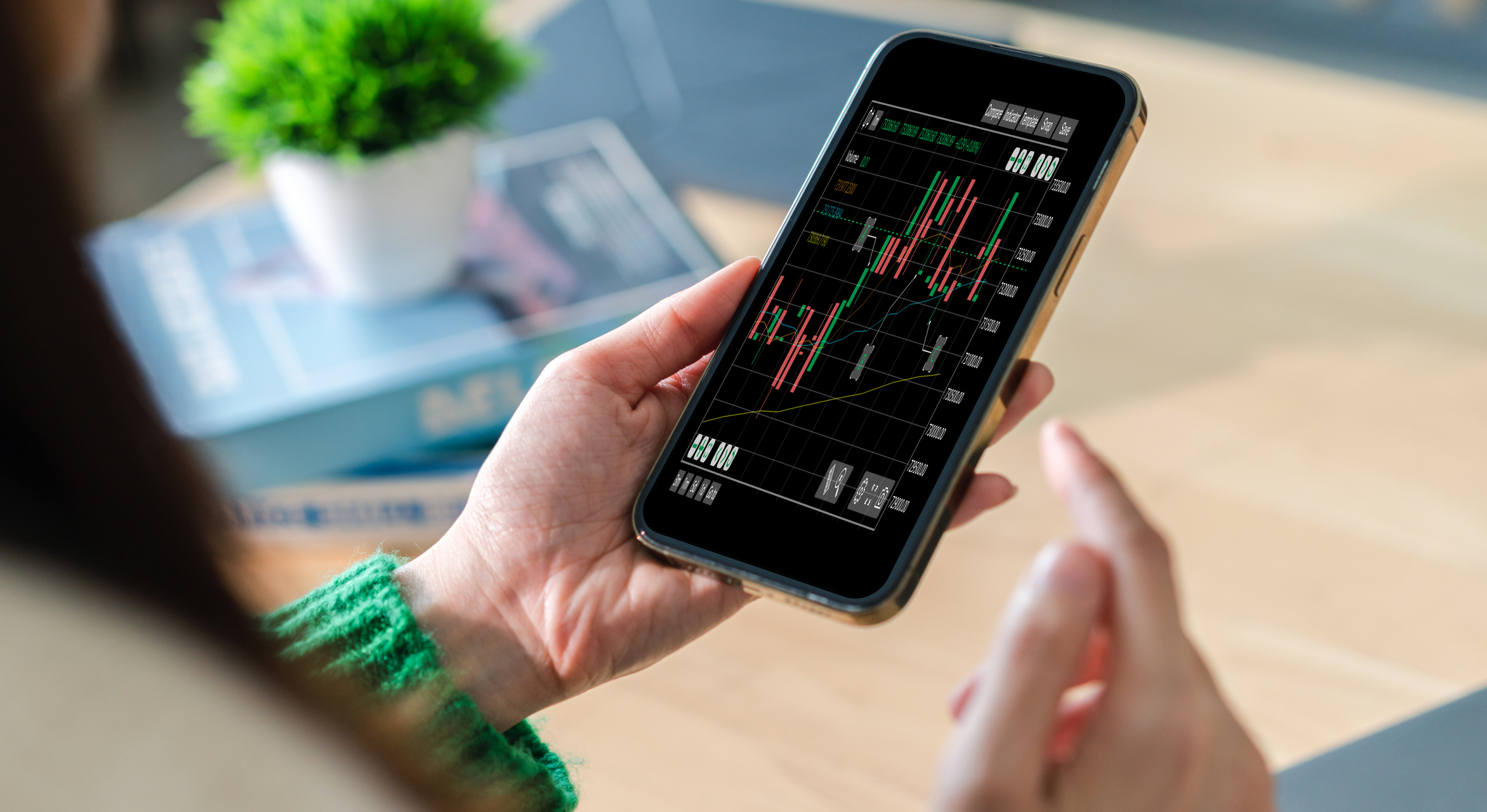Great Mutual Funds You Can Own for Just $100
Your investment options are limited if money is tight, but these three picks should help get you started on a shoestring budget.

If you think it's hard to start investing with just $100, you're mostly right. Sure, you could buy a share or two of some of the World's 10 Best Stocks, but that hardly makes for a well-diversified portfolio. Mutual funds, which might hold hundreds of stocks, are a more affordable way to diversify. But many require an initial investment of at least $2,500.
Cash-strapped investors looking for funds with low expenses, no sales loads and small initial minimums should start at Charles Schwab. The company offers 50 Schwab mutual funds, plus nine Laudus funds, all requiring a minimum initial investment of just $100 to open a regular account—no strings attached. Schwab is willing to absorb the costs of administering such small accounts early on because it hopes a long-term relationship will eventually blossom. "We want to make it easy for people to get started in investing," says John Sturiale, senior vice-president of product management at Charles Schwab. "And although it might cost Schwab a little bit more, at the end we think we're going to keep those clients for a long time."
A standout Schwab fund is Schwab Total Stock Market Index (symbol SWTSX), which can serve as the foundation for a budding portfolio. The index fund aims to keep pace with its benchmark, the Dow Jones U.S. Total Stock Market index, which includes about 3,600 stocks of companies of all sizes. So, as its name implies, the no-load fund allows you to diversify and get into all corners of the U.S. stock market with a single $100 investment. And that broad diversification comes at the very low price of just 0.09% in annual expenses.

Sign up for Kiplinger’s Free E-Newsletters
Profit and prosper with the best of expert advice on investing, taxes, retirement, personal finance and more - straight to your e-mail.
Profit and prosper with the best of expert advice - straight to your e-mail.
Investors who have stuck with Schwab Total Stock Market Index have been rewarded over the long haul. Through September 25, the fund has outperformed 86% of its rivals in the large-company blend category over the past five years and 84% over the past 10 years. (The category, as defined by Morningstar, is made up of funds that invest in both growth-oriented and value-focused stocks.) On an annualized basis it has also topped the returns of Standard & Poor's 500-stock index over the past five- and 10-year periods.
Schwab's target-date funds are another option for someone with just $100 to invest. Because they're built to be diversified portfolios that adjust to your goals over time, such funds make sense for people looking to plunk all their money into a single investment. You can pick the fund named for the year in which you want to reach your investing goal, commonly retirement, and the managers ensure your asset allocation suits that timeline.
For example, a 24-year-old planning to retire at age 65 could select Schwab Target 2055 (SWORX). With so many years to go, the fund holds mostly stocks: two-thirds of its portfolio is in U.S. stocks, 27.4% is in foreign stocks, and the rest is mostly in cash and bonds. The aggressive stance has been successful over the past 12 months; the fund rode the bull market up 12.1%. That puts the fund in the top 20% of the 150 target-date funds pegged to the year 2051 or later that are tracked by Morningstar. Annual expenses are 0.73%.
But the fund, launched in January 2013, won't always be all about stocks. Each year, manager Zifan Tang will adjust the investments as necessary until the fund reaches an allocation of 40% stocks, 54% bonds and 6% cash in 2055—which Sturiale estimates to be a bit more conservative than similar target-date funds. Schwab Target 2055 is designed to operate another 20 years beyond its target date, reaching its final allocation of 25% stocks, 66% bonds and 9% cash in 2075.
$100 Funds With Strings Attached
You can find a few additional no-load mutual funds with an entry fee of just $100 outside the Schwab family, but they come with certain provisos. Some fund companies, such as Buffalo Funds and Guinness Atkinson Funds, lower the initial minimums for their funds to $100 if you're willing to commit to regular contributions through an automatic investment plan, or AIP. The USAA First Start Growth Fund (UFSGX) will even permit you to open an account with no money up front as long as you agree to invest $50 per month through an AIP. However, if you cancel the automatic contributions from your bank account before you reach a certain threshold, a company might close your account and liquidate your shares.
Some funds also are willing to let you get started with just $100 if you open an IRA. A great mutual fund that permits new investors to buy in for just $100 in either manner is FPA Crescent (FPACX). Typically, you'd need at least $1,500 to get started, but within a retirement account the minimum drops to $100. You just have to commit to raising your account balance to at least $1,500 within a year. Plus, you pay a $15 annual fee, in addition to the fund's regular annual expenses of 1.14%. You can also start investing in FPA Crescent with just $100 through an automatic investment plan, but you must agree to contribute another $100 every month. If you fail to meet these requirements, you may be forced to close your account and liquidate.
FPA Crescent is a member of the Kiplinger 25, a collection of our favorite no-load funds. Veteran manager Steve Romick and newcomers Mark Landecker and Brian Selmo (who joined the management team in 2013) can invest almost anywhere, in a range of different assets. They seek investments they believe to be selling for far less than they're worth—a strategy that has yielded few appealing prospects during the recent stock market rally and pushed up the fund's cash holdings to 46.1% of assets as of the midyear mark. Over the past year, the fund has returned 10.5%, which trails the return of the S&P 500 by 8.0 percentage points. But long-term results are better: FPA Crescent has posted an average annualized return of 10.3% over the past 15 years, beating the index by 5.4 percentage points.
Get Kiplinger Today newsletter — free
Profit and prosper with the best of Kiplinger's advice on investing, taxes, retirement, personal finance and much more. Delivered daily. Enter your email in the box and click Sign Me Up.

Rapacon joined Kiplinger in October 2007 as a reporter with Kiplinger's Personal Finance magazine and became an online editor for Kiplinger.com in June 2010. She previously served as editor of the "Starting Out" column, focusing on personal finance advice for people in their twenties and thirties.
Before joining Kiplinger, Rapacon worked as a senior research associate at b2b publishing house Judy Diamond Associates. She holds a B.A. degree in English from the George Washington University.
-
 6 Stunning Waterfront Homes for Sale Around the US
6 Stunning Waterfront Homes for Sale Around the USFrom private peninsulas to lakes, bayous and beyond, Kiplinger's "Listed" series brings you another selection of dream homes for sale on the waterfront.
By Charlotte Gorbold Published
-
 Six Reasons to Disinherit Someone and How to Do It
Six Reasons to Disinherit Someone and How to Do ItWhether you're navigating a second marriage, dealing with an estranged relative or leaving your assets to charity, there are reasons to disinherit someone. Here's how.
By Donna LeValley Published
-
 The 5 Best Actively Managed Fidelity Funds to Buy Now
The 5 Best Actively Managed Fidelity Funds to Buy Nowmutual funds In a stock picker's market, it's sometimes best to leave the driving to the pros. These Fidelity funds provide investors solid active management at low costs.
By Kent Thune Last updated
-
 The 12 Best Bear Market ETFs to Buy Now
The 12 Best Bear Market ETFs to Buy NowETFs Investors who are fearful about the more uncertainty in the new year can find plenty of protection among these bear market ETFs.
By Kyle Woodley Published
-
 How Direct Indexing Could Work for You
How Direct Indexing Could Work for YouTax efficiency is the primary goal for many new direct indexing offerings, but they come with a lot of caveats.
By Kim Clark Published
-
 Creating a Values-Based Financial Plan
Creating a Values-Based Financial Planpersonal finance More savers and spenders are thinking big picture when it comes to their financial decisions.
By Joe Vietri, Charles Schwab Published
-
 How to Invest $1,000: Open a Robo-Adviser Account
How to Invest $1,000: Open a Robo-Adviser AccountSmart Buying It's easier than ever to access low-cost, automated investing advice through a robo-adviser.
By Nellie S. Huang Last updated
-
 How to Invest $1,000: Buy Fractional Shares (of Great Companies)
How to Invest $1,000: Buy Fractional Shares (of Great Companies)Smart Buying If a single share of a pricey stock seems out of reach, programs from Schwab, Fidelity and Robinhood can get you access to just a slice.
By Anne Kates Smith Published
-
 Don't Give Up on the Eurozone
Don't Give Up on the Eurozonemutual funds As Europe’s economy (and stock markets) wobble, Janus Henderson European Focus Fund (HFETX) keeps its footing with a focus on large Europe-based multinationals.
By Rivan V. Stinson Published
-
 Best Online Brokers and Trading Platforms
Best Online Brokers and Trading Platformsonline brokers Find the best online brokers using our survey that compares investment offerings, tools, apps, advice and more.
By Kim Clark Last updated